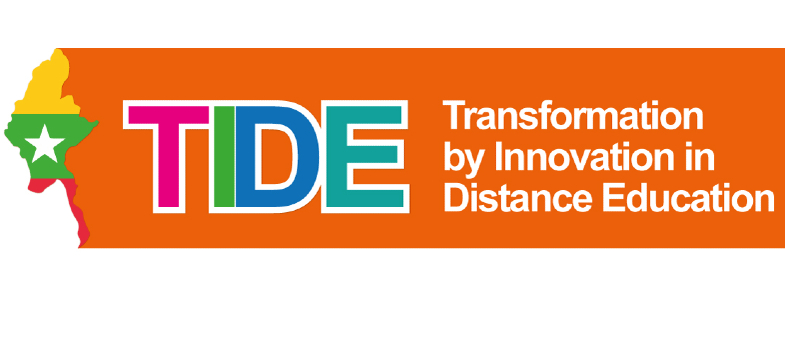3 Reflection
This week has introduced you to the wonderful world of apps. You have been encouraged to think about them in terms of what they can do for you, as well as what you need to be aware of when using them. You have already begun to think about some of the important questions you need to consider when using an app, like whether charges apply, or whether terms and conditions require access to too much personal data.
Use the mnemonic ACCEPTS to help you evaluate all aspects of an app:
Access – how will you access it? Laptop, phone, iPad, etc.? Different devices?
Collaboration – how collaborative is this tool? How easy is it to share information, or control privacy?
Cost – many tools start off free then require payment later, or offer a base application free with a fuller version that you need to pay for.
Ease of use – how long are you willing to spend learning how to use this tool? Will it be intuitive?
Purpose – how much functionality do you need?
Trust – does the app look trustworthy? Who produced it? Who else is using it? What personal data are they harvesting?
Activity 6 Evaluating apps
When choosing apps for real you will need to evaluate them before installing to make sure you understand what you are using. This activity helps you practise evaluating apps.
At the beginning of this week, you thought about some areas of your life where you would like to feel more organised or where you would like to be doing things a little differently and noted them in your reflective journal. Review them now, then go back to the app store you were using in the previous activity and look for three apps that you might find useful. Make sure that one of the apps you select has collaborative uses.
- Google Play Store [Tip: hold Ctrl and click a link to open it in a new tab. (Hide tip)] : You would use this on Android devices (like Samsung, and HTC)
- Apple online store: You would use this for Apple devices (iPad, iPhones, Macs)
- Microsoft Windows store: You would use this for Windows devices (like Windows smartphones, tablets and Xbox).
All three stores are available on desktop or laptop computers.
It might be that your particular function is more likely to be based on a laptop or PC; if that is the case you might want to search Google for applications or software that fit your chosen task.
You do not need to download the apps; you can read the summaries of their functionality on the app store together with the product reviews provided by users. You could also search for review articles by bloggers and journalists as they are often useful to help you evaluate apps and services.
Critically evaluate each of the three apps/tools you chose according to the ACCEPTS mnemonic that you’ll find in your reflective journal.
Then think about the different criteria for evaluation within the ACCEPTS mnemonic. How useful was it to use this framework to evaluate your chosen tools? Make some notes in your reflective journal on which criteria were the most useful. Would you have used different criteria?
Discussion
The framework provides a set of questions to ask of each tool. What an app does, how complex the functions are and how important it is to you in your work, study or daily life, will affect how important each of the criteria are for you. If you are downloading a free Sudoku game to while away your daily commute, then you will worry less about its functionality and shelf-life than a tool that is managing all the citations in your dissertation or helping you project manage your house extension.
You may also have thought about reliability, and whether the checklist ought to include this. Reliability is hard to measure without downloading and using the tool yourself for a period of time. Reading other users’ reviews can help you gauge reliability.
One of the most compelling reasons for choosing to use an online collaborative tool is because other people that you know are already using it; this is not included in the evaluation criteria in the ACCEPTS framework. This criterion is an important one when most of the tools we use have a collaborative element; as we cannot collaborate with others if we are not part of their conversations.
Look at Mon Mon’s completed checklist. She was particularly interested in exploring collaborative sharing of documents to help with car sharing rotas for the children’s activities, so her evaluation also considered the ease of use for others within her circle; the app chosen would have to be easy enough to ensure everyone’s involvement.
Here are Kyaw Win’s reflections about this week:
“I liked this week because it was about making my life easier, not only my online life but everyday life too. There's an app for pretty much everything these days, isn’t there? My favourites are to do with helping me get more organised and I really like being able to pick up social media or the news from wherever I am. I liked the questions to help me decide which app is right for me. It was more systematic and critical than I usually am. I usually download a new app and give it a go, and if it isn’t doing what I want it to do, I delete it…well eventually I do!
But what I really need is something to help me get up in the morning. I’ve heard there’s some really cool online alarm clocks available. I’m just off to take a look.”
2.2 Communicating, creating and collaborating
